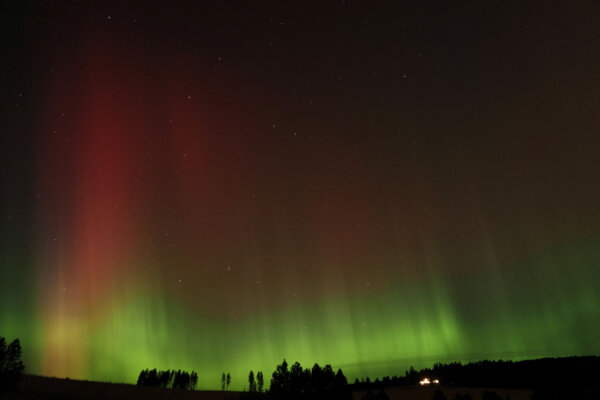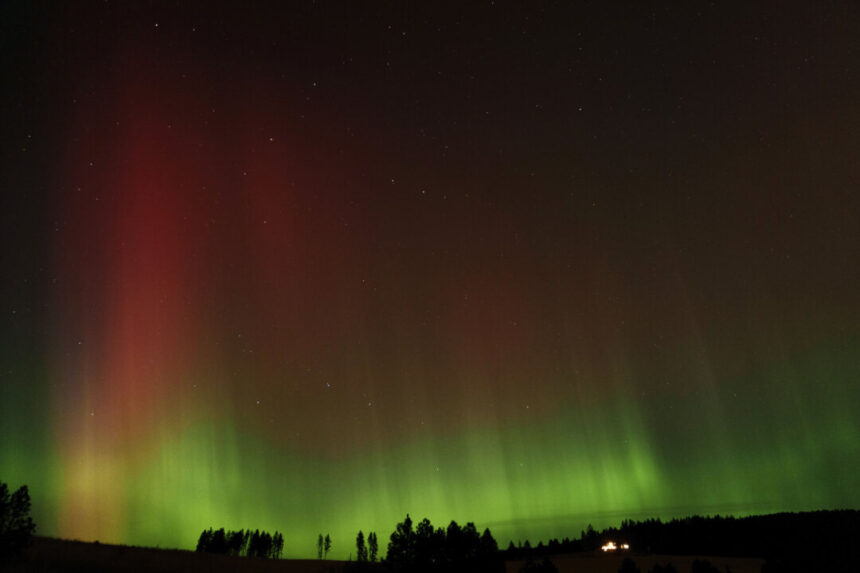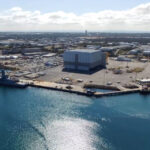
Space weather forecasters announced on Tuesday that due to strong solar storms this year, people can expect to see more northern lights in unusual places as the sun continues to sizzle.
These solar storms have caused shimmering auroras to appear much farther south than usual, painting the skies with shades of pink, purple, green, and blue.
The sun is currently at the peak phase of its 11-year cycle, leading to more frequent solar surges and northern lights sightings. This heightened activity is anticipated to last for at least another year, with the exact peak of solar activity being determined months after the fact by NASA and the U.S. National Oceanic and Atmospheric Administration.
NASA’s Kelly Korreck mentioned that this solar cycle has resulted in more colorful auroras appearing farther south, with the possibility of more displays in the coming months.
Aside from the visual spectacle, these solar storms can also cause temporary disruptions to power and communications systems. In anticipation of such events, NOAA issues alerts to power plant operators and spacecraft in orbit.
In May, NOAA issued a rare severe geomagnetic storm warning, which led to the strongest storm hitting Earth in over two decades and producing stunning light displays across the Northern Hemisphere. Although Earth narrowly avoided the impact of the biggest solar flare recorded that same month.
Given that previous solar cycles have seen more intense storms than those witnessed in May, space forecasters like NOAA’s Bill Murtagh are closely monitoring the sun to prepare for any potential major disruptions.
Recently, a powerful solar storm treated skygazers outside the Arctic Circle to unexpected auroras in places like Germany, the United Kingdom, New England, and even New York City.
By Adithi Ramakrishnan






